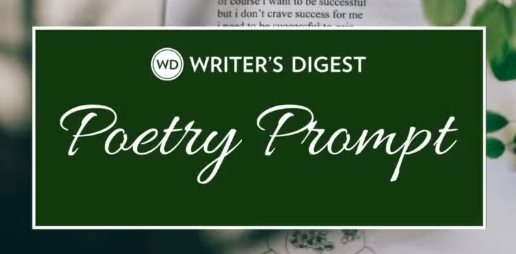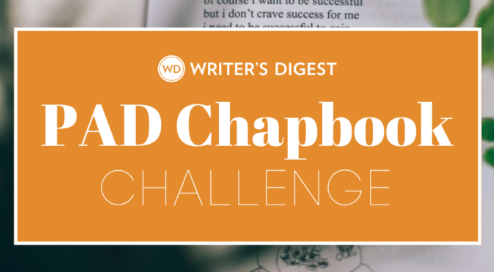Erasure and Blackout Poems: Poetic Forms
Learn the difference between erasure and blackout poems and how to write them. Or maybe more appropriately, learn how to sculpt them.
One form I've been meaning to get to for a while is the blackout poem and also the erasure poem. Both are sort of similar with the major difference being in presentation, I suppose.
Or it's kind of like rectangles and squares. You see, all squares are rectangles, but not all rectangles are squares.
The same could be said of erasure and blackout poems. After all, all blackout poems are erasure poems, but not all erasure poems are blackout poems.
What is a blackout poem?
A blackout poem is when a poet takes a marker (usually black marker) to already established text—like in a newspaper—and starts redacting words until a poem is formed. The key thing with a blackout poem is that the text AND redacted text form a sort of visual poem.
I tried creating my own and pasting it onto the blog, but I'm having technical difficulties—so instead, click here to check out a blackout poem from one of the masters of the form, Austin Kleon.
*****
Play with poetic forms!
Poetic forms are fun poetic games, and this digital guide collects more than 100 poetic forms, including more established poetic forms (like sestinas and sonnets) and newer invented forms (like golden shovels and fibs).
*****
What is an erasure poem?
An erasure poem is any poem that sculpts itself out of another larger text. The blackout poem is an erasure poem, but so is a poem like this:
From Ed, by Robert Lee Brewer
We're approaching the annual
trip of six young winners!
The deadline for poets is NOW!
Open Antioch
Cincinnati
and Paris first.
Start journeys of great things.
How moral characters use
cash and horror for information.
*****
Some erasure poems work with or against the original text; some erasure poems look for completely new and unrelated meanings than the original text; and some erasure poems are just complete nonsense. In the example above, I used one of my recent WritersMarket.com newsletters.
Quick note on ethics: There is a line to be drawn between erasure/blackout poems and plagiarism. If you're not erasing more than 50% of the text, then I'd argue you're not making enough critical decisions to create a new piece of art. Further, it's always good form to credit the original source for your erasures.





